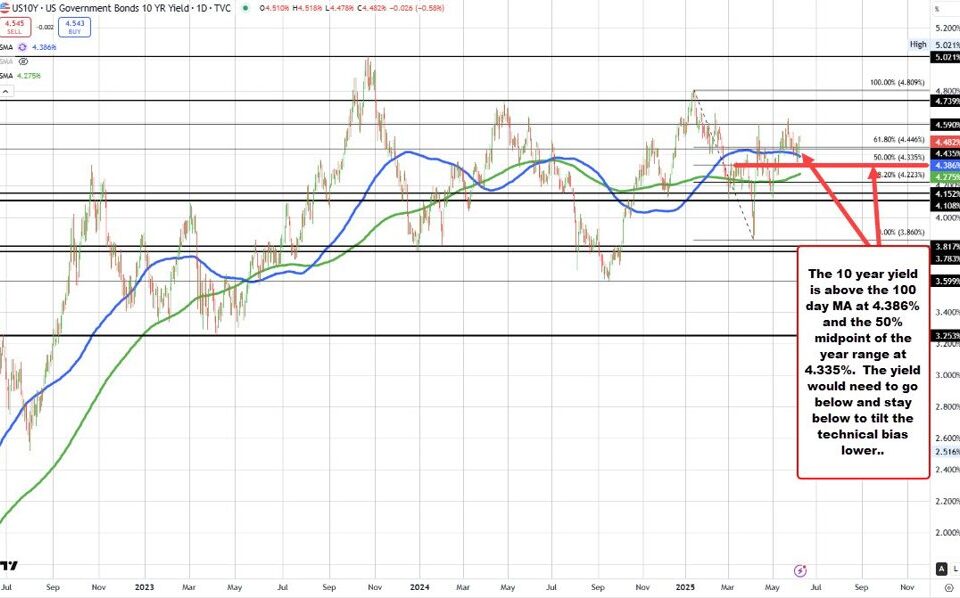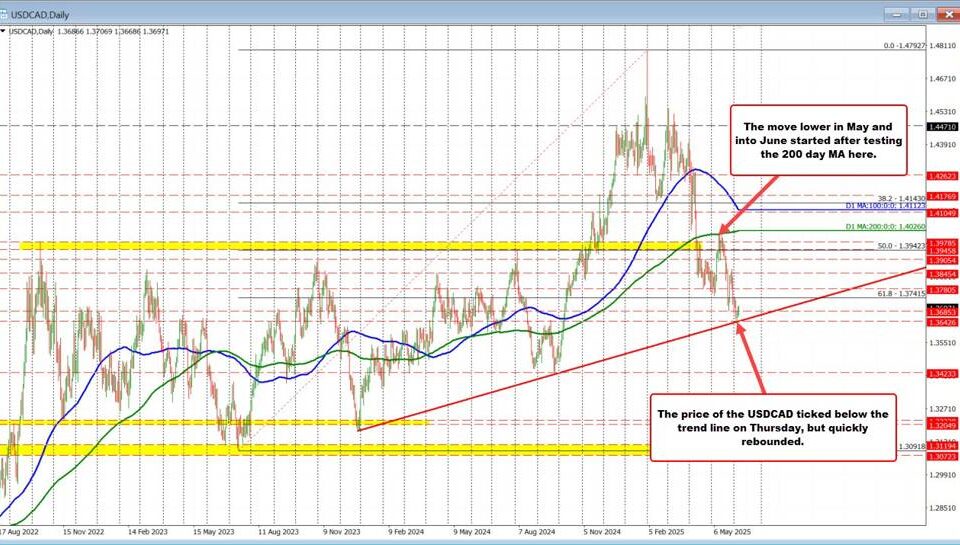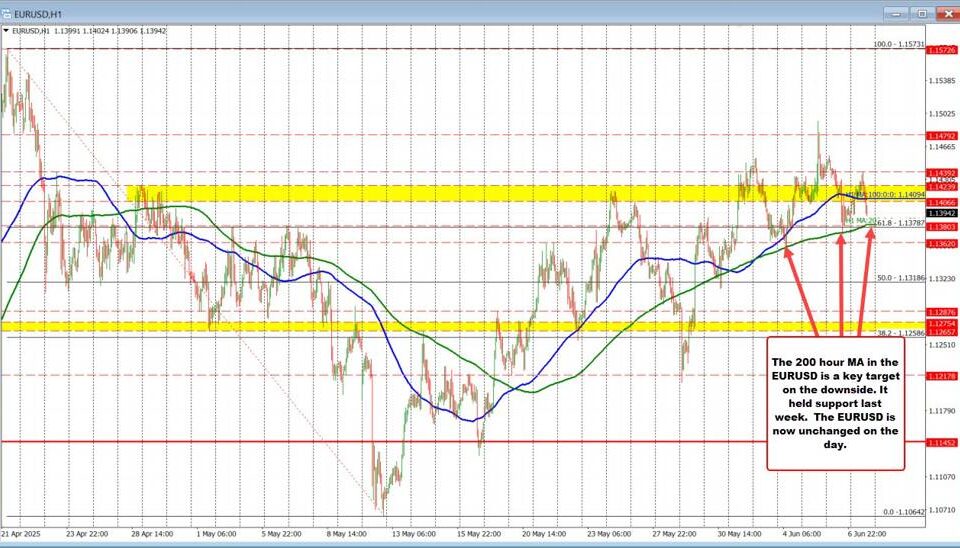European Markets Dip Ahead of ECB Rate Cut Amid Trade Tensions
Tháng 4 17, 2025US-China Trade Talks: A New Era of Mutual Respect and Economic Cooperation
Tháng 4 17, 2025Unpacking Gold’s Performance Amidst Stagflationary Pressures: Insights and Analysis
Recent Developments in Gold Pricing
In 2025, gold has witnessed an extraordinary price rally, surging to unprecedented heights exceeding $3,300 per ounce. This impressive performance is largely fueled by prevalent stagflationary concerns along with heightened geopolitical tensions that drive demand for gold as a viable safe-haven asset. Investors are increasingly seeking refuge in gold due to fears of an impending recession, mounting inflation rates, and ongoing trade disputes. These economic uncertainties have solidified gold’s reputation as a reliable store of value, attracting both retail and institutional buyers alike. For a deeper understanding of how such economic factors can influence investment strategies, consider reading about the enduring relevance of value investing here.
The alignment of these factors presents a compelling case for gold’s elevated status within investment portfolios. The combination of economic stagnation, rising prices, and geopolitical instability has not only sparked interest in gold but has also catalyzed significant market movements, further stressing the importance of re-evaluating asset allocations in light of evolving macroeconomic conditions. As highlighted in an article discussing key investment mistakes to avoid, it’s critical for investors to navigate these market challenges effectively here.
Technical Analysis of Gold’s Price Movements
From a technical perspective, the outlook for gold remains intriguing yet complex. Current data suggests that the “long gold” trade is increasingly crowded, creating a landscape where market shifts could lead to price corrections. The presence of widespread bullish sentiment regarding gold signifies potential vulnerability; however, the ongoing decline in real yields provides essential support for gold’s continuing uptrend.
Additionally, the Relative Strength Index (RSI) has entered an overbought territory, suggesting heightened caution among traders. Such indicators typically hint at an impending corrective phase, which could lead to short-term volatility in gold prices. Nevertheless, the 50-day moving average remains a robust support level, providing a cushion against drastic downward movements and reinforcing gold’s status during this period of economic flux. For further insights on avoiding common psychological pitfalls in investing, especially relevant during times of uncertainty, check out Barry Ritholtz’s advice here.
Market Drivers Influencing Gold’s Demand
The demand for gold is not only driven by geopolitical and economic uncertainty but also significantly influenced by central bank activities. Notably, central banks—especially in Asia—are ramping up their gold purchases as a strategy to diversify their reserves. This proactive approach to gold accumulation adds another layer of support to gold’s pricing and highlights its ongoing importance in global finance.
Moreover, prevailing expectations surrounding Federal Reserve interest rates are poised to impact gold investments. Markets are anticipating potential rate cuts, which would lower borrowing costs, enhancing gold’s appeal as a non-yielding asset during a low-rate environment. As financing costs decrease, more investors may pivot towards gold, further solidifying its position as a cornerstone in many investment strategies.
Conclusion: Navigating the Gold Market’s Future
In summary, gold’s recent performance reflects its role as a safe-haven investment amidst economic uncertainty, characterized by stagflationary pressures and shifting monetary policies. While the immediate outlook seems promising for gold investors, the crowded positioning and technical indicators warrant cautious consideration. As central banks continue to influence demand and interest rates evolve, staying informed about these dynamics will be crucial for savvy investors looking to navigate the complexities of the gold market effectively. The reality is that while gold shines brightly in uncertain times, volatility and market adjustments are inevitable in the ever-evolving financial landscape. For a broader perspective on how geopolitical issues can elevate gold’s status, consider reading an analysis on China’s economic strategies here.




